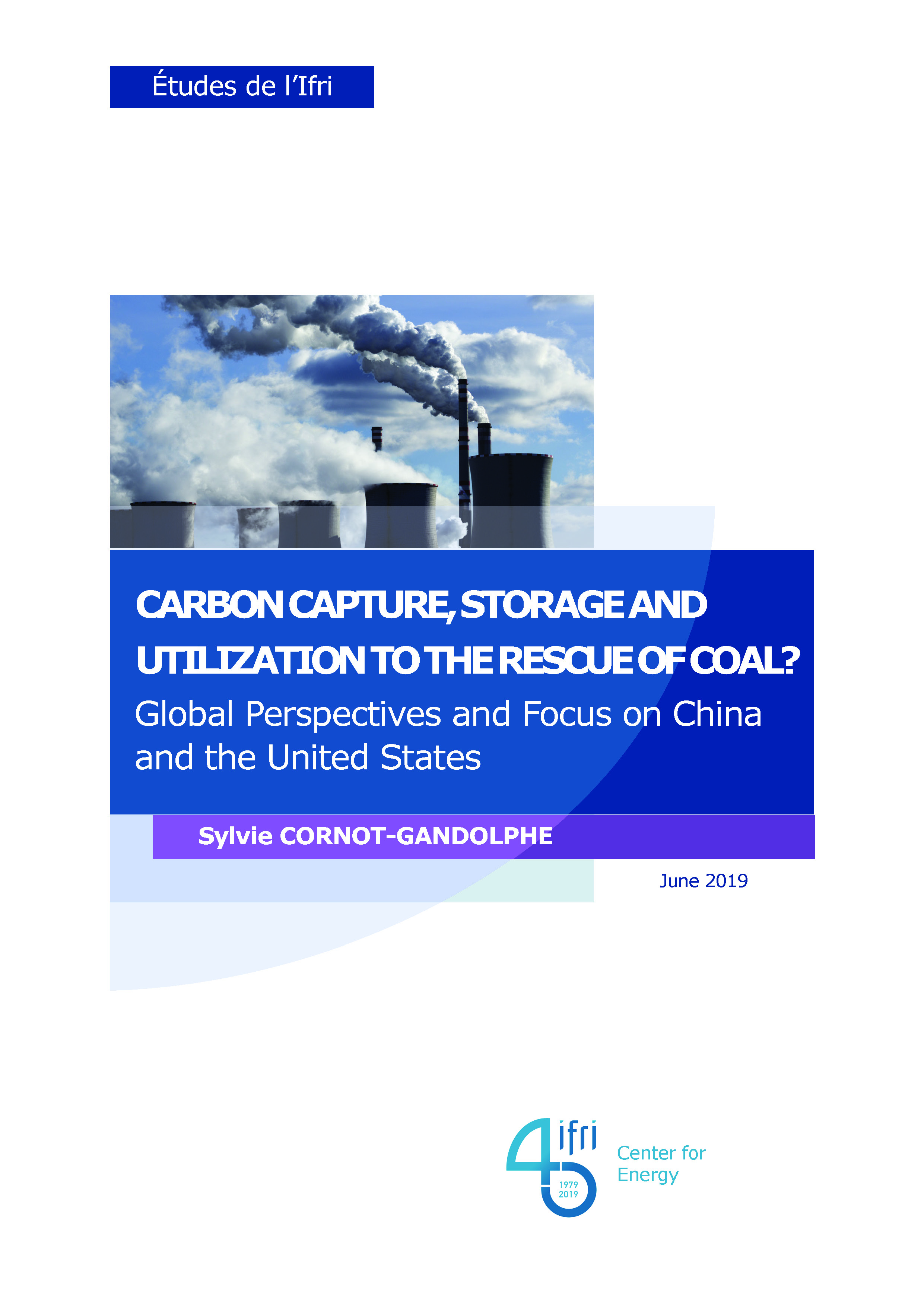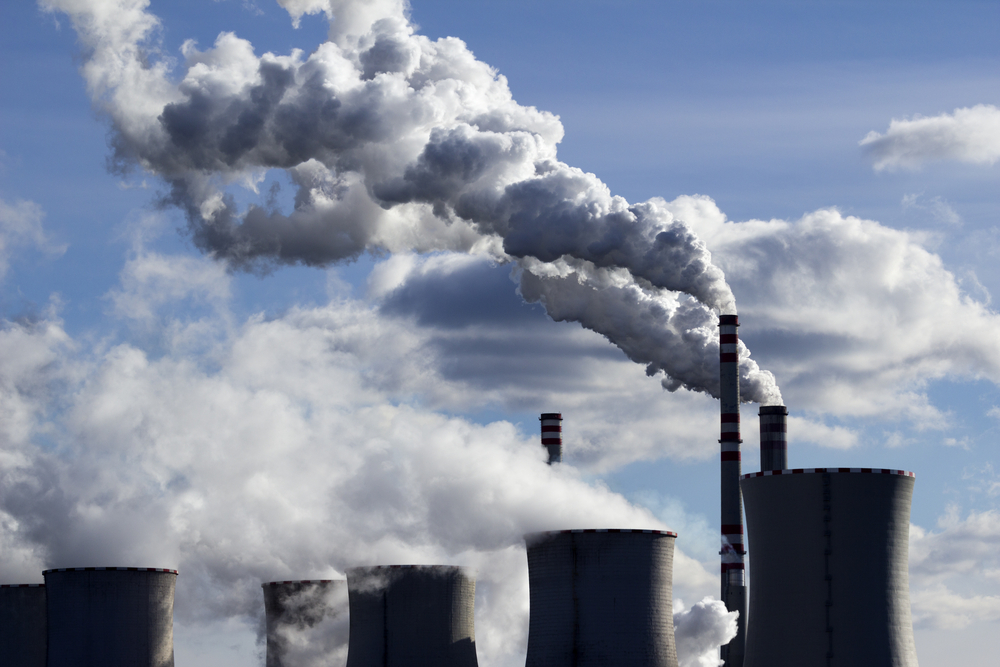Carbon Capture, Storage and Utilization to the Rescue of Coal? Global Perspectives and Focus on China and the United States

In most of the pathways that limit global warming to 1.5°C, capture of CO2 from fossil-fuel or biomass-based installations and its long-term geological storage (carbon capture and storage - CCS and bio-energy with carbon capture and storage - BECCS) plays a crucial role.

There is global momentum to drive carbon capture and storage/carbon capture utiliszation and storage (CCS/CCUS) forward and growing policy support. However, most existing projects capture CO2 from natural gas processing or other industrial processes and are in the United States (US) or Canada. This is partially due to using captured CO2 to enhance oil recovery, which offers an additional revenue. New projects, as well as operating projects outside North America, focus on industrial applications and decarbonized hydrogen.
Only two coal power units in the world have been retrofitted with carbon capture, one in Canada and one in the US. In addition, among the 20 projects under development in the world, six projects involve coal power plants. Altogether, CCS/CCUS projects based on coal power plants involve some 4 gigawatts (GW) of coal capacity.
Similar to experiences in the 2000s, capital cost of carbon capture and energy penalty remain major impediments to CCS/CCUS deployment in the coal power sector. Learning from the two retrofit plants in operation indicate that substantive cost reductions are possible, suggesting that CCS/CCUS could provide an important mitigation solution to CO2 emissions of the existing coal fleet.
Carbon capture deployment in the power sector is particularly challenging, as the technology incurs a significant capital cost and energy penalty, while energy revenues are increasingly limited by non-baseload operation. Learnings from the two retrofit plants in operation indicate that substantive cost reductions (up to 67%) are possible, suggesting that CCS/CCUS could provide an important mitigation solution to CO2 emissions of some of the existing coal fleet.
The US, which has a proven record and leadership in CCUS, recently adopted new fiscal incentives ("45Q" credit tax) to encourage private investment in the deployment of CCS/CCUS. The new incentive is expected to spur a new wave of investment in CCUS projects and help advancing CCS in the US. However, changes in gas prices, decreasing costs of renewable energy sources (RES), and the ageing coal fleet don’t favour investment in retrofit of coal power plants. Power utilities don’t seem ready to embrace the technology due to the high cost and investment in the capture technology and the very uncertain future of coal in the US power sector. The hesitancy of utilities to retrofit coal power plants with carbon capture facilities represents a setback for the coal industry.
China offers a different picture. The coal fleet is young and still generates the bulk of the country’s electricity generation. With its high proportion of large, efficient and young coal power units, China offers an ideal case for minimizing carbon capture retrofit costs. However, despite an acceleration in research and development (R&D) efforts in recent years, CCUS is still in its infancy in China. The first large-scale CCUS project was commissioned in 2018. CCUS still faces many challenges: a lack of policy operability; not enough commercial investment; and underdeveloped public participation. Crucially, China still lacks a regulatory framework for CCS/CCUS and storage of CO2 (beyond enhanced oil recovery (EOR)-based storage) and financial incentives for projects. The attitude of coal power utilities towards future CCS/CCUS development pace is cautious. Without policy incentives, there is no economic business case to retrofit coal power plants with carbon capture equipment. If CO2 prices rise in the future, driven by the new national carbon market, that could change though. But CCS/CCUS in China entails logistic challenges as the transport and storage infrastructure has to be created.
The challenge to scale up the technology is enormous. The role of governments will be essential to make CCS/CCUS a viable option in the coal power sector.

Available in:
Regions and themes
ISBN / ISSN
Share
Download the full analysis
This page contains only a summary of our work. If you would like to have access to all the information from our research on the subject, you can download the full version in PDF format.
Carbon Capture, Storage and Utilization to the Rescue of Coal? Global Perspectives and Focus on China and the United States
Related centers and programs
Discover our other research centers and programsFind out more
Discover all our analysesAI, Data Centers and Energy Demand: Reassessing and Exploring the Trends
The information and communication technologies sector today accounts for 9% of global electricity consumption, data centers for 1-1.3%, and artificial intelligence (AI) for less than 0.2%. The growing energy demands of cloud services first, and now AI workloads (10% of today’s data centers electricity demand), have exacerbated this trend. In the future, hyperscale data centers will gain shares amongst all kinds of data centers and AI will probably account for around 20% of data centers electricity demand by 2030.
Unlocking India’s Energy Transition: Addressing Grid Flexibility Challenges and Solutions
India is rapidly scaling up its renewable energy (RE) capacity, adding 15–20 GW annually, but the ambitious goal of 500 GW of non-fossil capacity by 2030 is at risk unless the pace accelerates.
Europe’s Black Mass Evasion: From Black Box to Strategic Recycling
EV batteries recycling is a building block for boosting the European Union (EU)’s strategic autonomy in the field of critical raw minerals (CRM) value chains. Yet, recent evolutions in the European EV value chain, marked by cancellations or postponements of projects, are raising the alarm on the prospects of the battery recycling industry in Europe.

The New Geopolitics of Energy
Following the dramatic floods in Valencia, and as COP29 opens in Baku, climate change is forcing us to closely reexamine the pace—and the stumbling blocks—of the energy transition.







